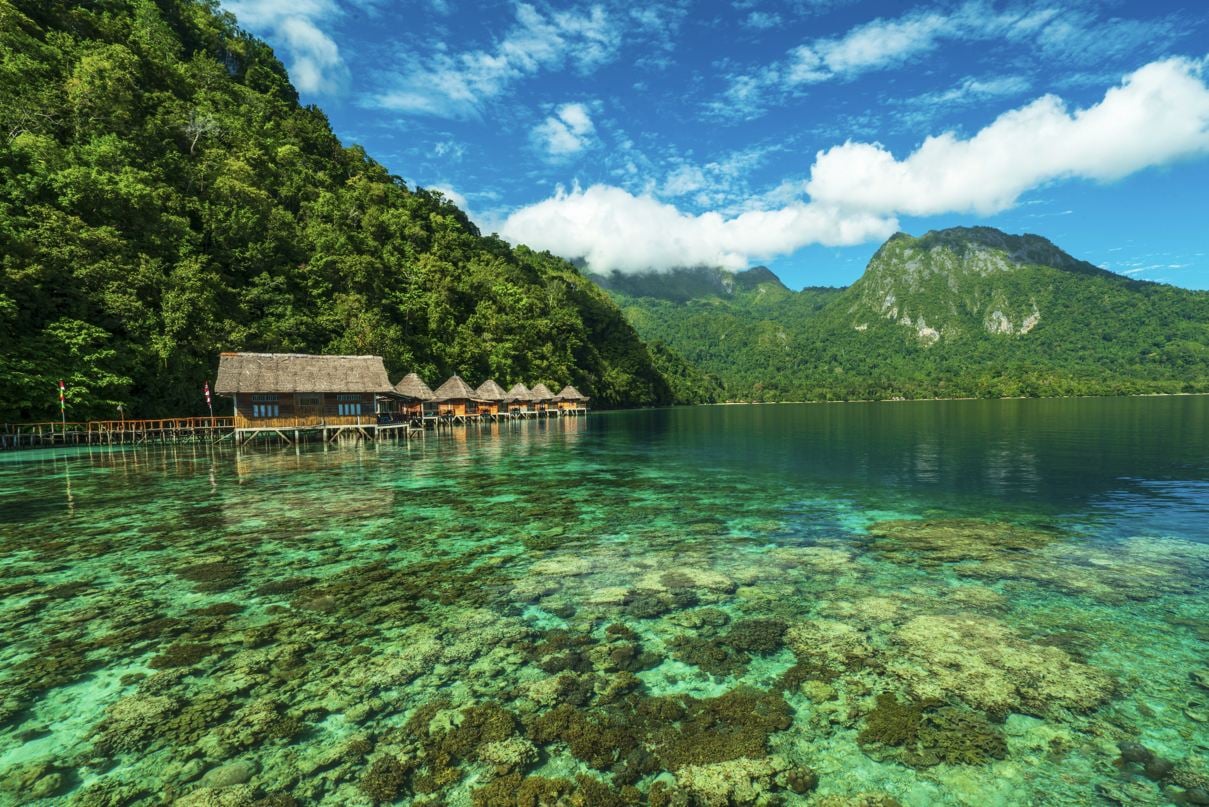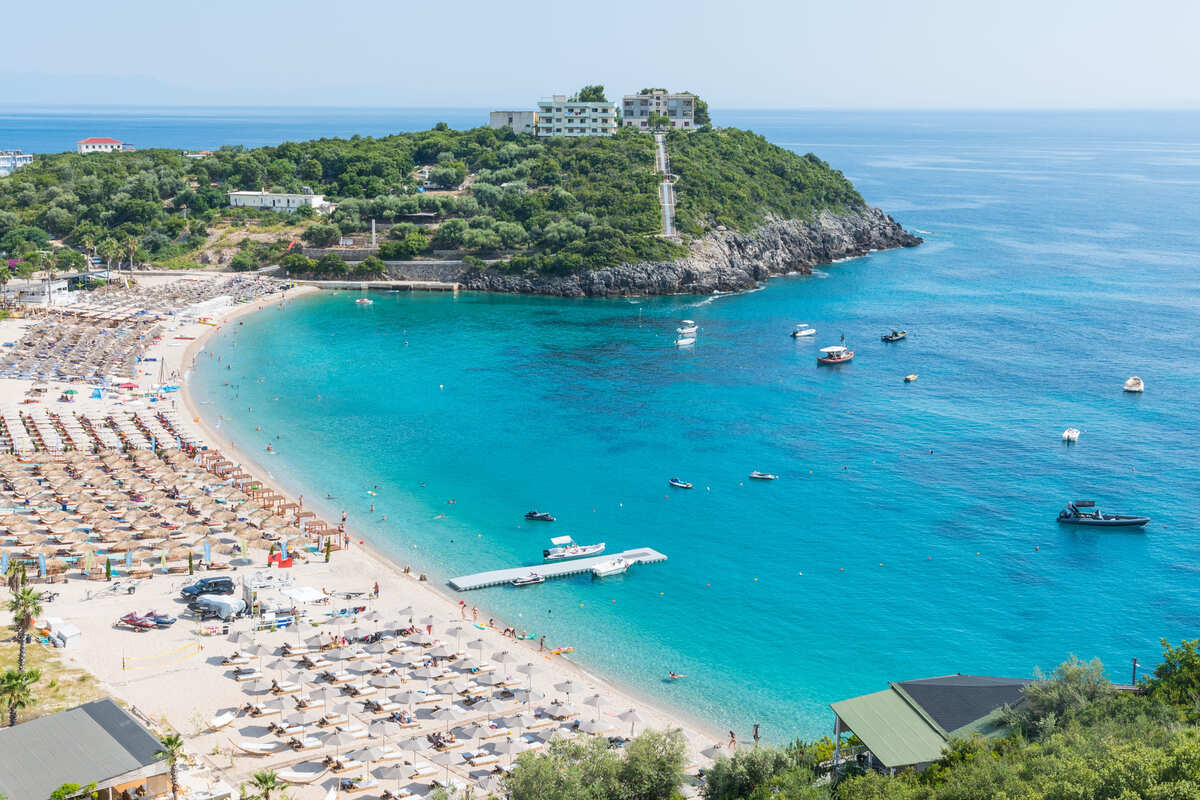[ad_1]
Get ready to pack your bags and dust off your adventure boots! Imagine this: exploring not one, but two stunning European nations by train, with virtually no limit to how many journeys you can take. Sounds like a dream, right? Well, for 2025, this dream is a reality, and it comes with an almost unbelievable price tag of under $66 for a month of incredible exploration in each country. If you’ve been itching for an epic European escapade that’s big on experience but gentle on the wallet, keep reading – because this is the travel hack you’ve been waiting for!

First Up: Pretzels, Fairytales, and Phenomenal Rail Freedom!
Let’s pull back the curtain on our first destination: Germany! This land of vibrant cities, enchanting forests, and too-many-castles-to-count is rolling out the red carpet for train travelers in 2025 with its fantastic “Deutschlandticket.”
For what amounts to roughly $66 a month (officially €58, so the exact dollar amount dances a little with the exchange rate, but it’s right in that super-sweet spot!), you get a golden ticket to Germany’s extensive public transport network. We’re talking unlimited rides on regional trains, S-Bahns (city trains), U-Bahns (subways), trams, and buses across the entire country. Think about it: one week you could be exploring Berlin’s edgy art scene, and the next, you might be hiking in the Bavarian Alps or sipping Riesling in the Rhine Valley, all without buying another ticket!

Now, this pass is designed for deep dives into regions rather than lightning-fast dashes between major cities on the super-speedy ICE trains (those require separate tickets). But honestly, that’s where the magic lies! You’ll discover charming towns and hidden gems that fly-by tourists often miss. Fancy a spontaneous trip from Munich to see the Neuschwanstein castle? Covered. Want to explore the historic university town of Heidelberg from Frankfurt? Hop on! The Deutschlandticket is your key to unlocking the real soul of Germany, one scenic rail journey at a time. It’s usually a monthly subscription, super easy to manage, and perfect for a month-long immersion.

Next Stop: Goulash, Grandeur, and Glorious Journeys!
Our second country whisking you away on an affordable rail adventure is the heart-stealer, Hungary! This nation packs a punch with its stunning capital, relaxing thermal baths, and rich cultural tapestry. And for 2025, getting around to see it all is an absolute bargain.
Hungary offers its “National Travel Card” (you might hear it called “országos bérlet” or “Magyar Bérlet”), and the value is simply brilliant. For a price that has hovered around the equivalent of $50-$55 USD (often cited at about €49), you get 30 days of unlimited travel. This means it fits comfortably under our $66 headline, giving you even more bang for your buck!

This pass isn’t just for trains; it’s a multi-modal marvel! It generally covers unlimited travel on MÁV-START (national railway, 2nd class), GYSEV trains, Volánbusz (national and regional buses), and even the HÉV (suburban railway lines). What’s more, it often includes local public transport in the magnificent capital, Budapest (think trams, metro, and buses – though usually excluding special airport shuttles), and several other cities. So, you can glide from the architectural wonders of Budapest to the serene shores of Lake Balaton, or explore historic cities like Pécs or Eger, all with one simple pass. Imagine starting your day with a coffee in a grand Budapest café and ending it with a wine tasting in a countryside vineyard – easy peasy!

But Wait, There’s a Freebie!
As if these two incredible offers weren’t enough, there’s another European gem that takes affordable travel to a whole new level. Let’s talk about Luxembourg! This charming little Grand Duchy made history by introducing free public transport for everyone – residents and tourists alike.
That’s right! Since early 2020, you can hop on any national train (2nd class), bus, or tram across the entire country without paying a single cent. Imagine exploring Luxembourg City’s UNESCO-listed fortifications, the fairytale castles of Vianden, or the scenic Mullerthal Region (Little Switzerland) completely for free. It’s a fantastic bonus if you’re already planning a European tour and want to add another unique country to your itinerary with zero extra transport cost.

All Aboard for Your 2025 Adventure!
So, there you have it – two fantastic countries offering month-long, near-unlimited train travel for around $66 (or even less!), plus a bonus country where the travel is on the house! These are perfect for the savvy traveler looking to explore Europe more deeply, sustainably, and affordably in 2025.
Before you dash off, remember that while the core offers are pretty stable, it’s always a smart move to check the very latest details and specific terms with the official transport providers (like Deutsche Bahn for Germany and MÁV-START for Hungary) closer to your travel dates. Exchange rates can wiggle, and specific conditions might get a tweak.

But one thing’s for sure: 2025 is shaping up to be an amazing year for European rail adventures. Start dreaming, start planning, and get ready to say “All aboard!” to incredible savings and unforgettable memories. Happy travels!
Ready For Your Trip? Check The Latest Entry Requirements For Your Destination Here
↓ Elevate Your Travel↓
Sign Up Now For Travel Off Path Premium! No ads, VIP Content, Personal Travel Concierge, Huge Savings, Daily Deals, Members Forum & More!

✈️Join Our Travel Off Path Community Forum: Where travelers unite, ask questions, share experiences and even find like-minded travel buddies!
SUBSCRIBE TO OUR LATEST POSTS
Enter your email address to subscribe to Travel Off Path’s latest breaking travel news, straight to your inbox.
This article originally appeared on TravelOffPath.com
Opinions expressed here are the author’s alone, not those of any bank, credit card issuer, hotel, airline, or other entity. This content has not been reviewed, approved or otherwise endorsed by any of the entities included within the post.
[ad_2]
Source link


























































